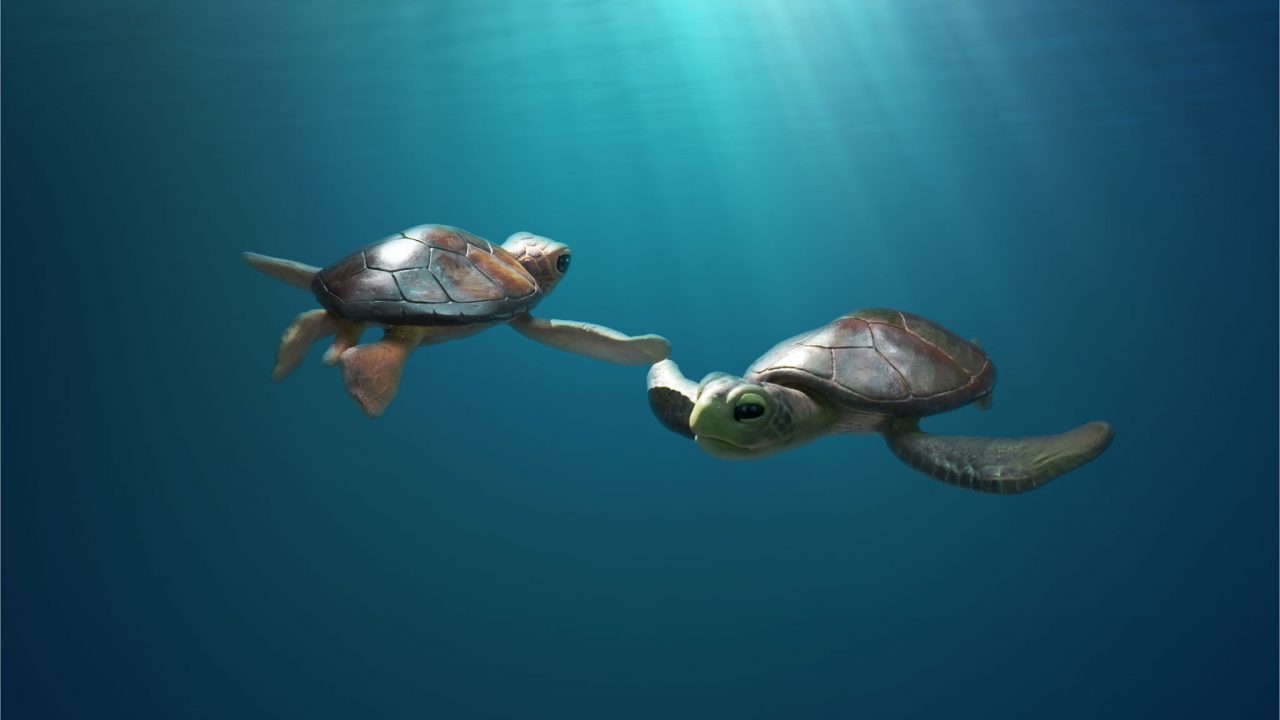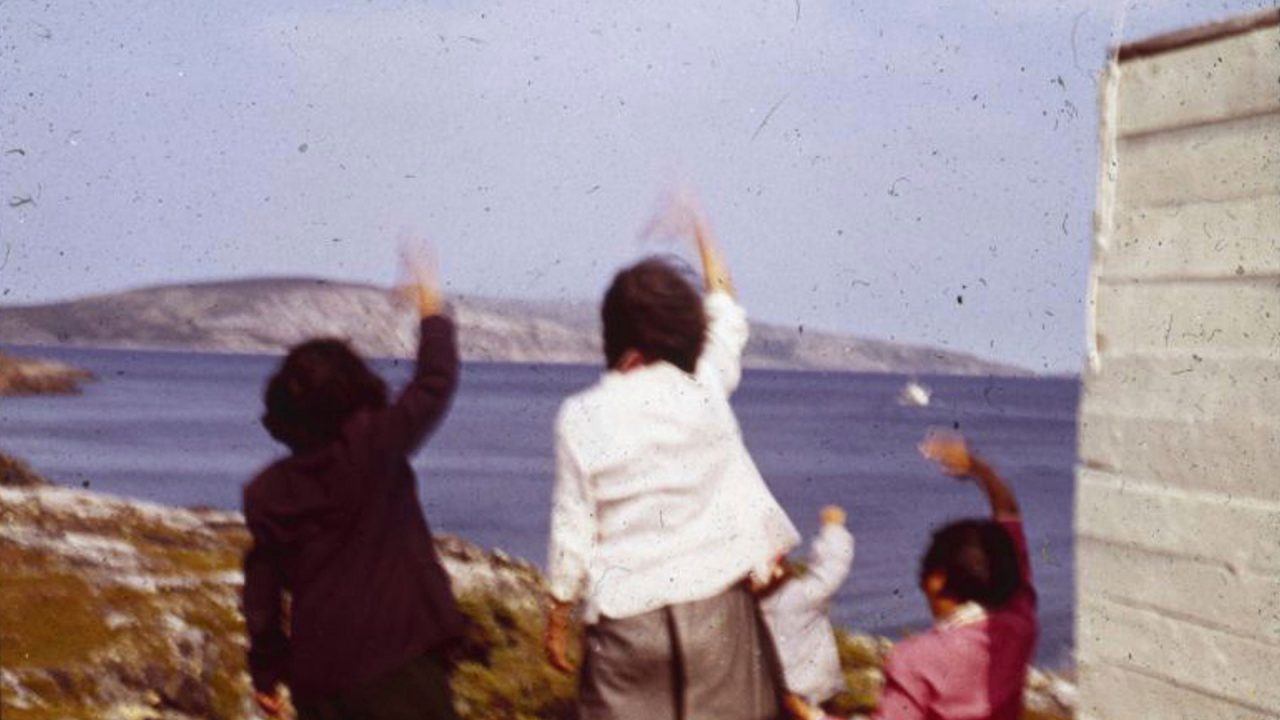
Mini-Lesson for A Sea Turtle’s Story
Mini-Lesson for A Sea Turtle’s Story
Mini-Lesson for A Sea Turtle’s Story
Theme: Conservation
Ages: 9–11
Keywords/Topics: Environment, life cycles, turtles, ecosystems, habitat, biodiversity, food chain
A Sea Turtle Story, Kathy Shultz, provided by the National Film Board of Canada
Guiding Question: How can society promote environmental stewardship?
Summary: A Sea Turtle Story is an animated film that chronicles the life cycle of an endangered sea turtle. The music and scenery initially suggest a harmonious environment, which belies the various threats faced by the main character. The innovative use of recycled materials in the creation of the film’s props and puppets highlights the importance of reducing our environmental footprint. The film also raises awareness about the importance of conserving our natural habitats.
1) Why are animal life cycles important?
Activities
- Learn about the life cycle of turtles.
- Research why turtles lay eggs at night.
- Explain why the turtle in the film sheds a tear. Was it an emotional response or a biological reaction? Defend your opinion.
- Create an infographics poster illustrating facts about sea turtles.
Go Deeper
Animals need to reproduce to avoid extinction. Visit wildlife reserves/natural-science museums or aquariums to learn about different animals. Research how different organizations are helping turtles.
2) How do animals survive in their environment?
Activities
- Create a sea turtle food-chain web.
- Create a Kahoot! quiz game using facts about sea turtles.
- Create a diorama of the turtles’ ecosystem.
Go Deeper
Learn about naturalist Charles Darwin and his theory of evolution by natural selection. Create a list of questions you would ask him if he were living in the 21st century.
3) How has humanity’s environmental footprint affected animals and their habitats?
Activities
- Discuss the reasons why some of the turtles headed towards the neon lights while the others headed towards the moonlight.
- Create a T-Chart listing the pros and cons of coastal development (e.g., hotels and homes on beaches).
- How has tourism and human activity affected the turtles’ habitat?
- Between 1:51 and 1:54, we see the beam of a flashlight skim across the sand. Debate whether this person was there to protect the eggs (conservationist) or to steal them (harvester).
- What actions can you take to protect animal habitats in your area?
Go Deeper
Learn about Jacques Cousteau and the impact he had on conserving our oceans and marine life. Learn about Canadian environmental activist David Suzuki and his work in preserving nature and natural resources. Learn about the Great Pacific Garbage Patch. Write a letter to your local politician requesting help in saving green spaces/forests/oceans in your community.
Sandra Fisher has been an elementary ELA/Math teacher since 1997. She is currently teaching Grade 3 at a bilingual International Baccalaureate school and confesses to owning enough picture books and teaching materials to open up a small shop. Her personal motto is: Eat, Teach, Sleep, Repeat! Outside of school, Sandra loves spending time hiking, swimming, playing volleyball, camping and travelling with her family.
Pour lire cet article en français, cliquez ici.
Discover more Mini-Lessons | Watch educational films on NFB Education | Watch educational playlists on NFB Education | Follow NFB Education on Facebook | Follow NFB Education on Pinterest | Subscribe to the NFB Education Newsletter
-
Pingback: Mini-Lesson for A Sea Turtle’s Story | Naijafreetree Worldwide...



